Starting seeds is equally an experience of joy, anticipation and patience with anxiety right around the corner. How old were those seeds? Should I water less? More? Why haven’t they come up yet? Am I running out of time?
Some seeds are easy to germinate (thank you, lettuce!) while others are more complicated (we still love you, tomatoes!) and some are just flat-out challenging (we see you, arnica!).
Here are 5 keys to optimize your germination with confidence, Friends!
1. Don’t Sow Too Deep!
Most seeds only need to be sown twice their depth, so it’s incredibly easy to sow seeds too deep. When a seed germinates with too much soil above it, they may take longer to emerge and may well not emerge, alas.
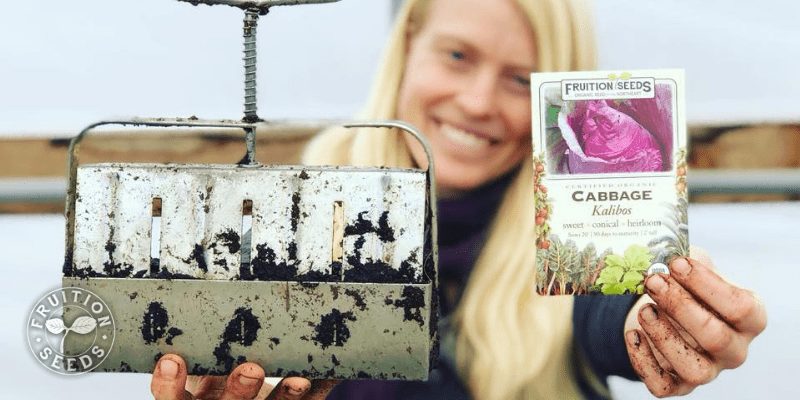
Some seeds like strawflower, snapdragon and skullcap require light to germinate so be sure look on the packet for any specific instructions indicating such. We share a list of the most common seeds that need light to germinate on page 28 of our 40-page book, Rise & Shine: Starting Seeds with Ease. You’ll find gorgeous paper copies here as well as our free, printer-friendly download here.
2. Good Soil Seed Contact
Once you sow your seeds, gently tamp down the soil above them. Ever so slightly! This increases optimum humidity around each seed as well as decreases the likelihood of your seed drying out. Also, as the first root emerges, it will be sure to find both water and nutrients rather than an air pocket to slow their growth. It’s the little things! That make all the difference.
3. Reasonable (If Not Optimal) Germination Temperature
All seeds germinate within a range, a bell-curve of reasonable temperatures with optimum germination temperature being at the apex of the curve. Some seeds have an extraordinarily wide curve; peas, for example, can germinate in 38 F soil, though their optimum germination temperature is 77 F. The farther away from their optimum soil temperature, the longer it will take your seeds to germinate. For instance, in 38 F soil your peas may take 3+ weeks to germinate and emerge when those same peas would leap out of 77 F soil in just a few days.
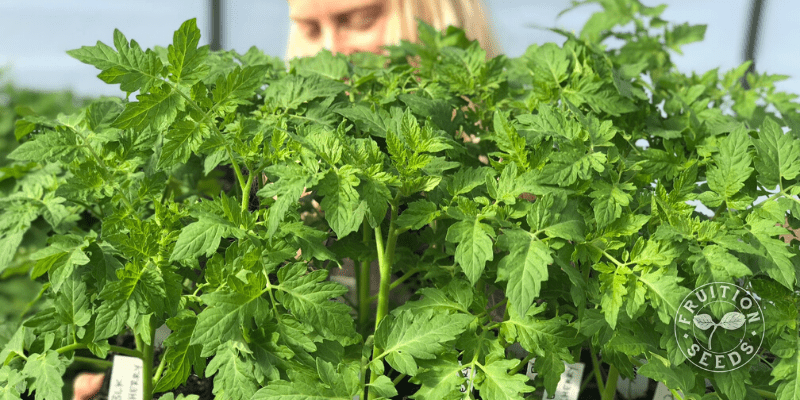
The vast majority of garden seeds germinate best between 70 and 80 F, with 77 F being the sweet spot.
Since 77 is warmer than most of us keep our homes, heat mats make all the difference. Raising the soil 10 to 12 degrees above ambient room temperature, they are both effective and efficient as they help increase germination rate as well as decrease germination time. We use our heat mats to help microgreens grow faster all winter as well as seedlings in spring!
4. Water is Life
Watering seedlings is a classic Goldilocks equation: not too much and not too little, you’re looking for juuuust right! Seeds need water to soften their seed coat and swell, so it’s crucial to never let your seeds dry out as they germinate. We love to bottom-water, especially when our seedlings are on a heat mat. To learn more about bottom-watering and so much more, hop into our free Seed Starting Academy, sharing this and so much more to set you up for success! In addition to bottom-watering,we always let the top millimeter of potting mix dry out between overhead waterings. This reduces the likelihood of green algae and fungus gnats thriving as well as preventing damping off in your seedlings.
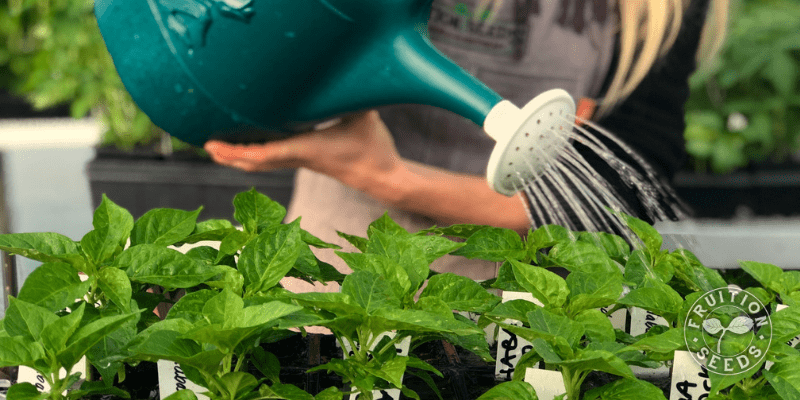
5. Let There Be Light
Quality light makes all the difference.
If your seedlings are getting tall, ‘leggy,’ and leaning toward the light, they are light-stressed. Stressed plants are less healthy and thus less abundant than healthy, unstressed plants, so honesty is crucial: if you don’t have great light, you won’t have great seedlings. In a super sunny south-facing window, you may be able to grow 3 to 4 week old seedlings and not have them to stressed, but if you’re tempted to turn them so they straighten up, your seedlings are stressed and you’re only exacerbating their limiting factor.
We love to share our LED lights, made in the USA by our friend Vic in Indiana, to grow microgreens all winter as well as seedlings in early spring!
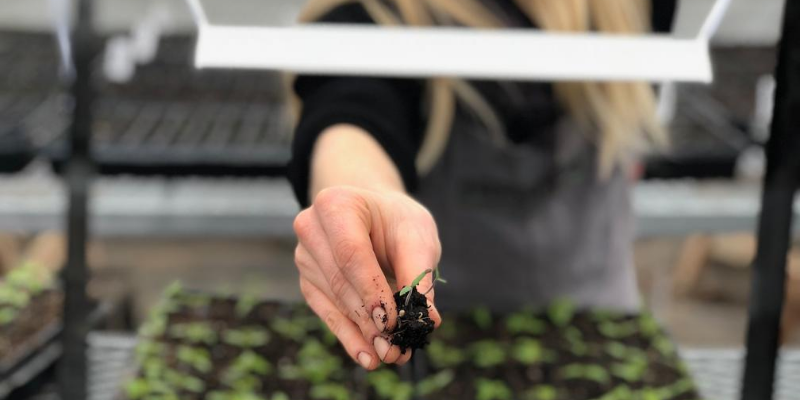
Did You Know?
Many people remark about Fruition’s high germination rates and here’s a little-known fact about the seed industry: the national germination rate minimum averages 65%. So many large seed companies literally pack seeds with that germination rate — almost half dust — thus increasing their profit margins. At Fruition, most of our seeds germinate above 90% or we don’t pack them! There are some exceptions, like yellow beets, which simply struggle to germinate consistently compared to their crimson kin. These high germination rates give us all the greatest peace of mind as well as abundance!
Starting seeds is deceptively simple & you are not alone, Friends! Please reach out anytime and know we are here for you in all ways & all seasons.
Sow Seeds & Sing Songs,

and the Many Beings of Fruition
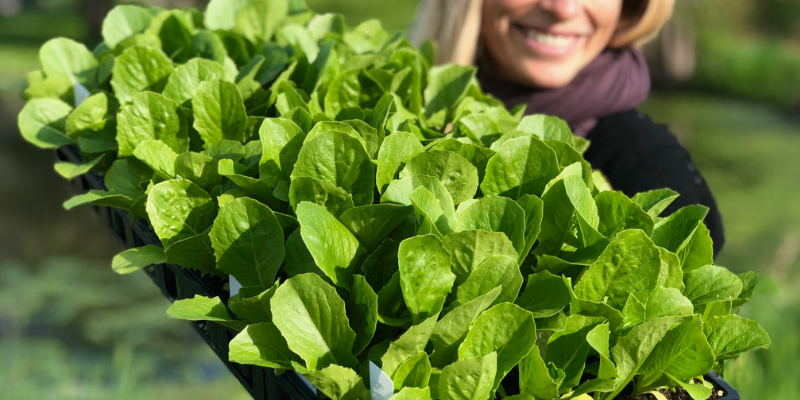

Would it be ok for me to put a table in my basement along with heat mats and a LED light so that I can start my seeds? I am growing tomato’s, peppers, and eggplant.
Since this is the only space I have in my house to put my tray of seeds at.
Hi Jasmin, Yes! We know lots of folx who do this! Happy sowing!
Sylvia (Fruition Seeds)